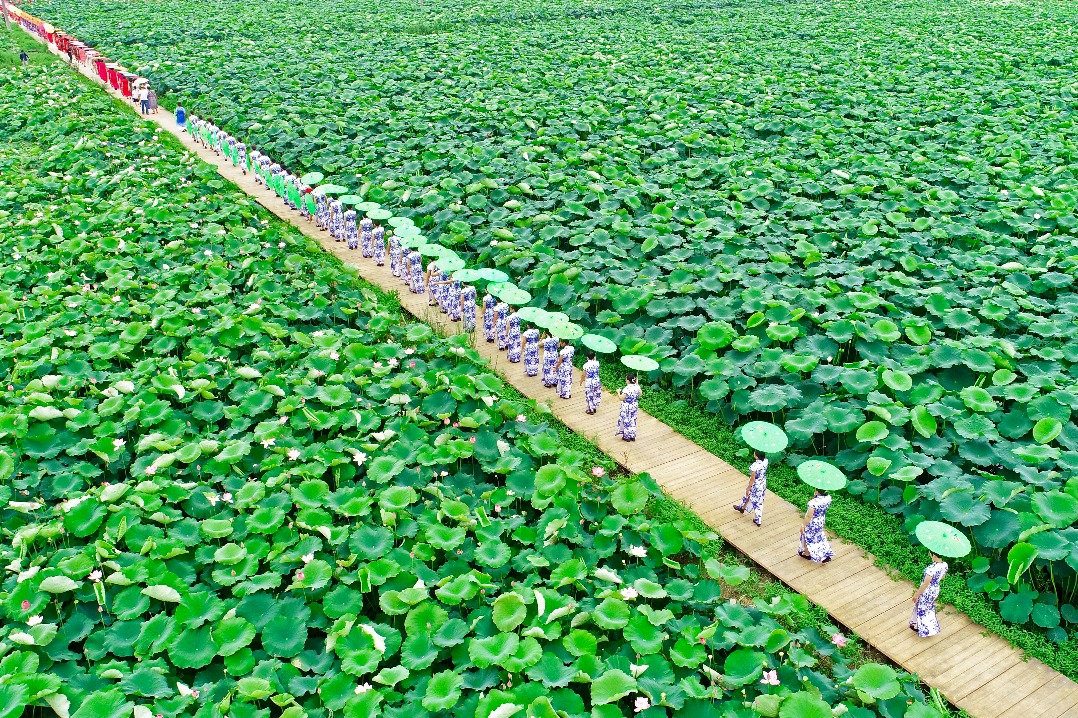Ending the reign of flooding
Academic hopes to combat the scourge by predicting the most likely areas to be inundated by rainwater, Fang Aiqing reports.


Although it costs 30 percent more for such renovations, it also helps improve the ecological environment, reduces the risk of natural disasters and saves natural water resources.
"After all, it's a comprehensive project that kills more than two birds with one stone," Hou says.
According to Ma, the water table (the underground water level) has risen, and guaranteed the city's capacity to hold rainwater. Moreover, the improved ecology has had a positive effect on land value and investment attraction in the pilot area.
Xixian New Area is now working to extend Sponge City facilities to cover the whole area. In the future, they want to popularize the lessons that have been learned through years of effort to neighboring cities, Ma says.
In January, Hou launched a cooperative program with a team from his German alma mater. They will share innovation on urban flood modeling and prediction, and green infrastructure that mitigates urban flooding.
According to Hou, he's planning to advance the current model further, for example, to integrate the influence of curbs, subway lines and underground shopping malls, to calculate suitable percentage distribution of gray infrastructure and green areas, and to identify key zones that contribute the most to urban floods so that targeted measures can be taken.
Contact the writer at fangaiqing@chinadaily.com.cn




































